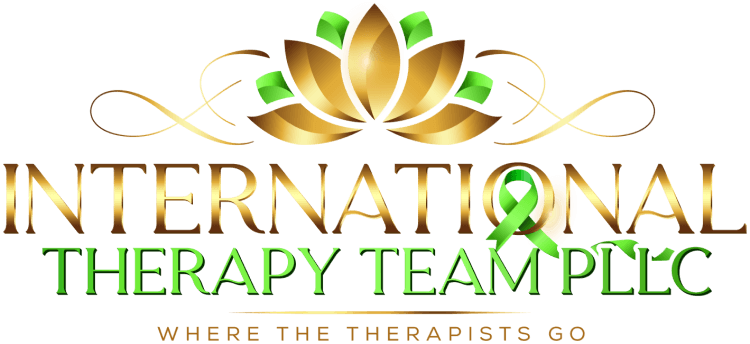In our fast-paced world, effective communication is more important than ever, not just for nurturing relationships but also for enhancing our mental wellbeing. Understanding and applying the right techniques can empower us to express ourselves better and connect more deeply with others. Let’s explore several key communication techniques that can positively impact your mental health.
1. Cultivating Active Listening
Active listening involves truly concentrating on what the other person is saying without planning your next response. This encourages a deeper understanding and fosters empathy, helping to build trust and meaningful connections. Imagine a conversation where both parties are fully present; such interactions can create deep bonds and provide emotional satisfaction, crucial for mental wellbeing.
Additionally, active listening shows that you value the other person’s perspective, which can boost their self-esteem and promote a positive exchange. Try using subtle verbal affirmations like ‘I see’ or ‘I understand’, signaling that you are not just hearing them but truly listening.
2. The Power of Nonverbal Cues
Over half of communication is nonverbal. Paying attention to body language, facial expressions, and tone of voice can provide crucial insights into the emotions and intentions behind the words, enhancing interpersonal understanding. For instance, maintaining eye contact shows interest and engagement. A relaxed posture can indicate openness, while crossed arms might suggest defensiveness or discomfort.
3. Practicing Open-Ended Questions
By asking open-ended questions, you invite others to share more about their thoughts and feelings. This technique promotes deeper conversations and allows you to understand different perspectives better. Questions starting with ‘how’, ‘why’, or ‘what’ open the floor for richer exchanges and show that you are genuinely interested in their viewpoint.
For example, instead of asking ‘Did you like the film?’, try ‘What did you think of the film?’ This prompts a more nuanced response, allowing for a more dynamic dialogue.
4. Emotional Validation and Support
Acknowledging and validating others’ emotions shows empathy and understanding, which can diffuse conflicts and create a supportive environment. It helps in building resilience and emotional security among individuals. Simple statements like ‘That sounds challenging’ or ‘I can see why you feel that way’ can go a long way in making someone feel heard and understood.
This doesn’t mean you have to agree with everything they say, but it allows for a space where they feel accepted as they are. Such environments can significantly improve mental health over time.
5. The Art of Mindful Speech
Mindful speech involves thinking before speaking and choosing words that are kind, concise, and meaningful. This technique reduces misunderstandings and encourages positive interactions, contributing to mental clarity. Reflect on the impact your words might have; are they contributing to negativity or positivity? Aim for the latter.
6. Setting Healthy Boundaries
Communicating your personal boundaries clearly is essential for maintaining mental health. It allows you to protect your time and energy, ensuring your needs are met while respecting others’. This can prevent feelings of resentment or burnout. It’s essential to convey boundaries calmly and assertively, such as saying, ‘I need some time to myself every evening as this helps me recharge.’
7. Using ‘I’ Statements
Instead of blaming others, using ‘I’ statements help you express your feelings and thoughts. This approach reduces defensiveness and encourages open communication, paving the way for constructive dialogues. For instance, saying ‘I feel upset when…’ instead of ‘You make me upset’ focuses on how you feel without attributing blame, encouraging a more effective dialogue.
8. Encouraging Positive Reinforcement
Offering positive feedback and appreciation can uplift moods and motivate continued positive behavior. This fosters an environment of support and encouragement, enhancing both mental wellbeing and productivity. A thank you note or a simple ‘well done’ can make significant transformations in how people perceive their efforts and contributions.






One Response
It agree, very useful message